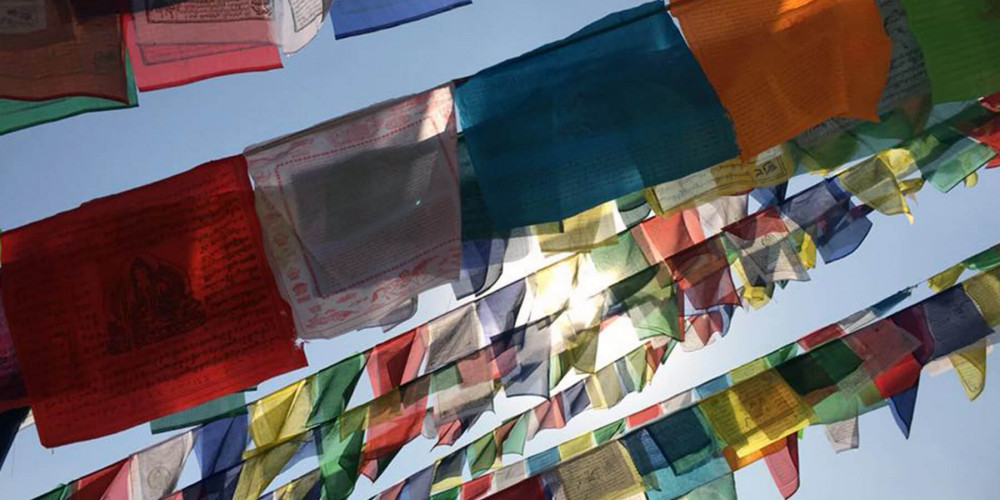KIT Blog
Pam and Lisa on the #Trek2DefeatLeprosy (Part 1)
After several months of preparation and fundraising, and with great anticipation, we got up at 4am to go to the airport. We (Pam and Lisa) would finally be able to meet the people affected by leprosy that you’re supporting. We’d be witnessing the difference that you’re making in their lives.
 We’re ready for our flight to Kathmandu
We’re ready for our flight to Kathmandu
We caught up with our fellow trekkers, Wayne and Anthony, in Hong Kong to complete our band of adventurers. With a midnight arrival in Kathmandu our long day of flying was over.
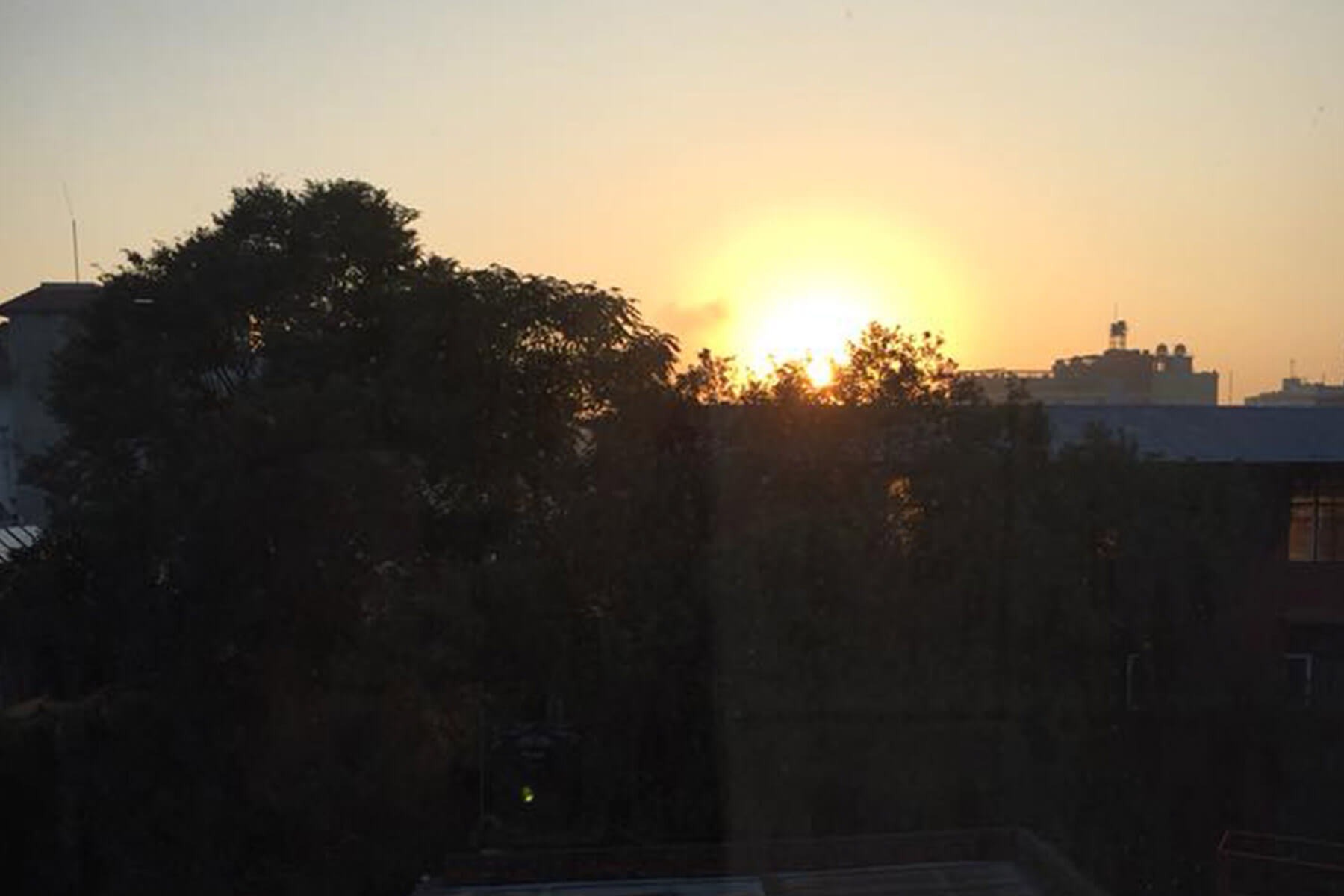 The Nepali sun welcomes us to Kathmandu
The Nepali sun welcomes us to Kathmandu
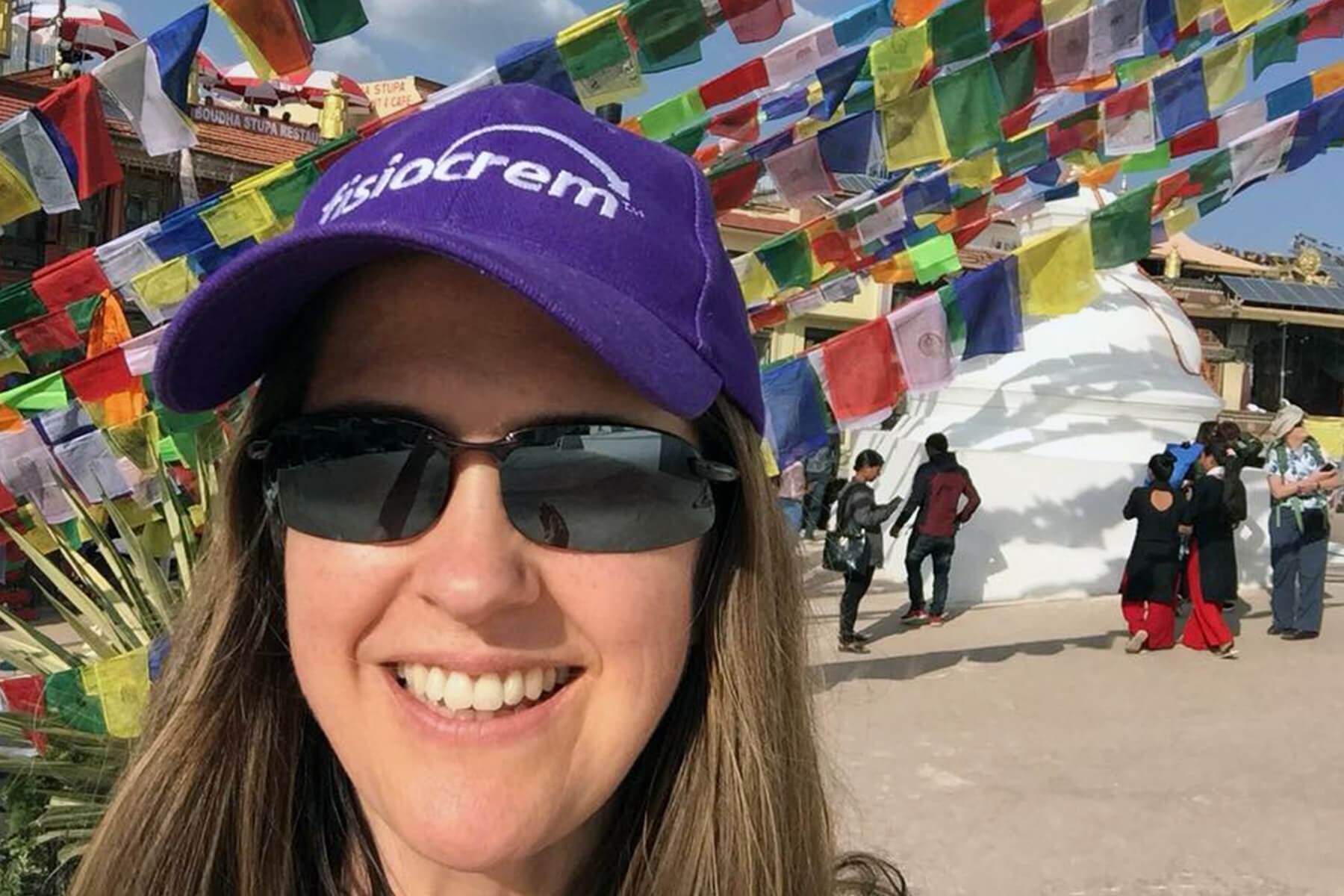 Lisa with colourful prayer flags
Lisa with colourful prayer flags
The first couple of days we immersed ourselves in the bustling city of Kathmandu. The traffic is intense! You spend a lot of time thinking “surely they will move—I don’t think we will fit!” but they don’t move and we squeeze through! We visited key cultural regions: Patan and Bhaktapur, visiting the beating heart of the city—Durbar Square. Colourful prayer flags hang everywhere. Hindu and Buddhist temples are very common, and some sites date back to the 5th Century.
 The stunning temples in Kathmandu
The stunning temples in Kathmandu
We learned that a religious belief based on karma can give root to the belief that leprosy is a curse. In this view, a person can use their agency for good or evil, but if one chooses evil it can result in suffering, like getting leprosy or disability. It’s thought that this can even apply to that person’s descendants. This stigma and fear of leprosy can be deeply-embedded. Education, that bacteria causes leprosy and that the disease is curable, is key to addressing this. But it can be difficult to change people’s traditions. Education is also not always available in rural areas. It shows how important health workers are in dispelling stigma within communities.
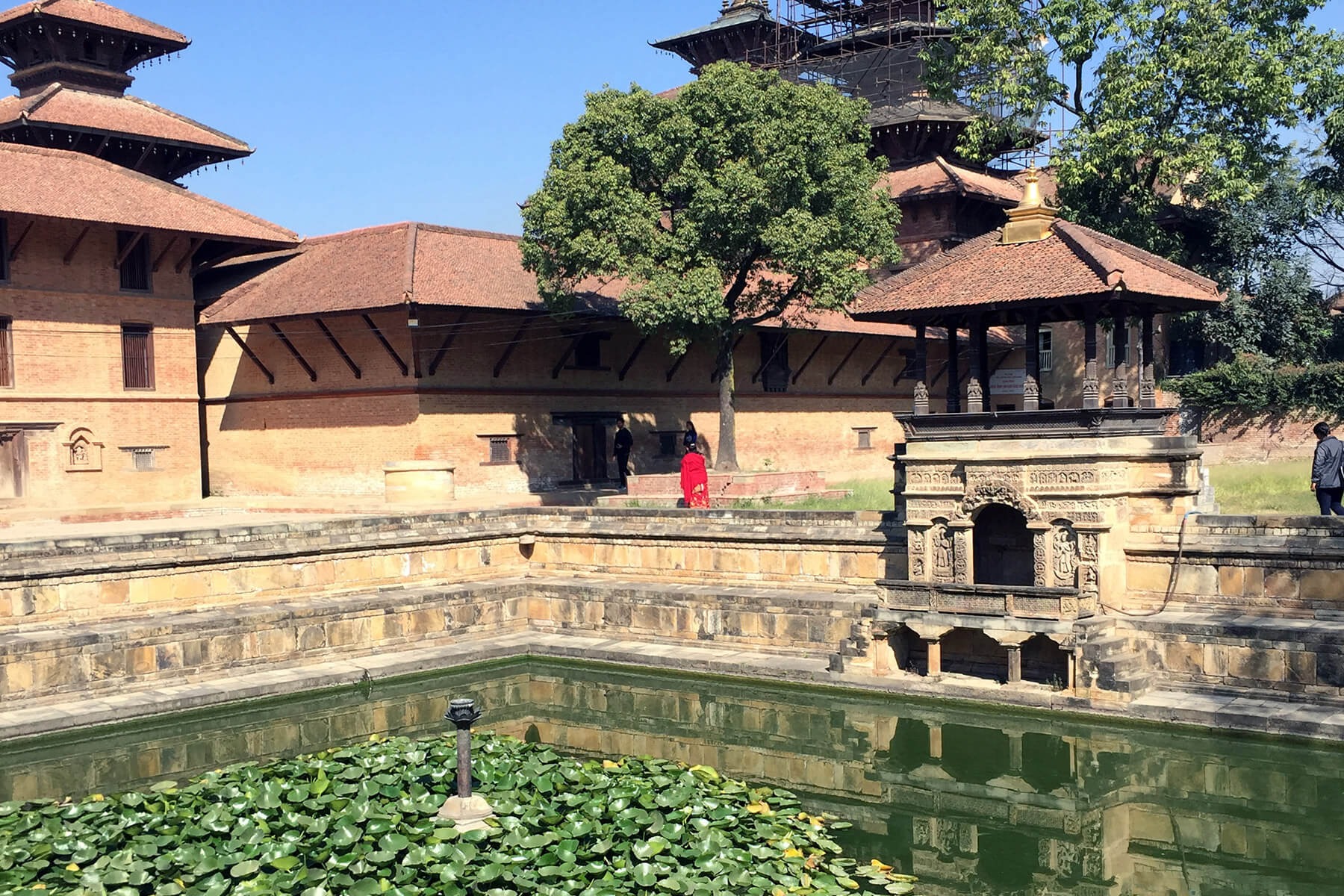 Water is considered important for purity rituals
Water is considered important for purity rituals
A person cured from leprosy and returning to normal and healthy village life is another simple but powerful way of challenging unhelpful beliefs. We also watched a traditional dance, and have enjoyed the tastiest Nepali foods.
 Lisa with her vegetarian curry and dhal
Lisa with her vegetarian curry and dhal
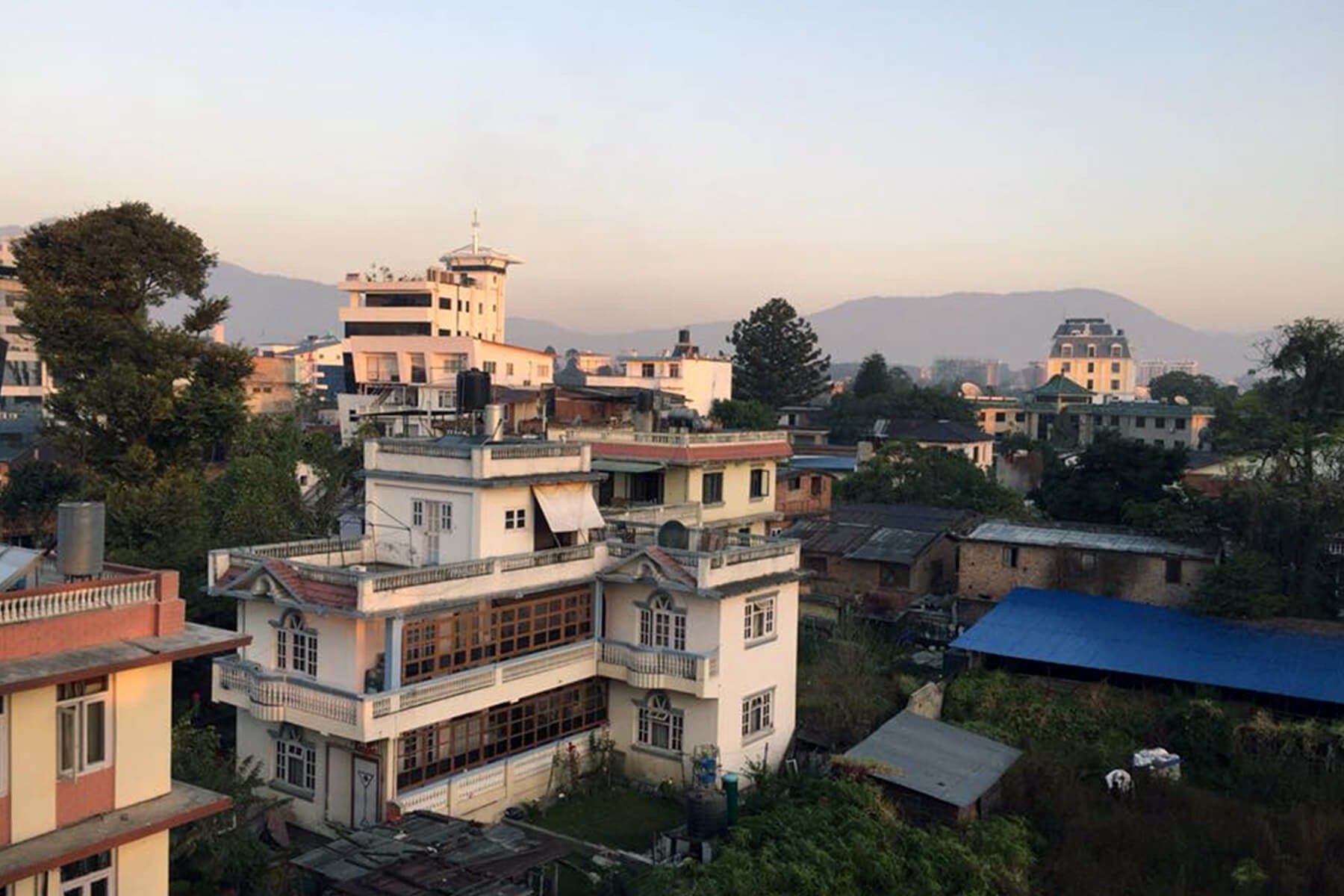 Good morning from the beautiful city of Kathmandu
Good morning from the beautiful city of Kathmandu
After our two days of enculturation in Kathmandu, we proceeded to Anandaban Hospital. We met people affected by leprosy at the Self-Care Unit that you’re bringing care and restoration to. We saw the deep love of the staff for those who feel unloved, the joy that shows on faces that used to be sorrowful—all made possible because of your support. Your gifts are making a life-changing difference. It was a humbling day.
 Ser Bahadur gestures the Nepali greeting of “Namaste” as he self-cares at Anandaban Hospital
Ser Bahadur gestures the Nepali greeting of “Namaste” as he self-cares at Anandaban Hospital
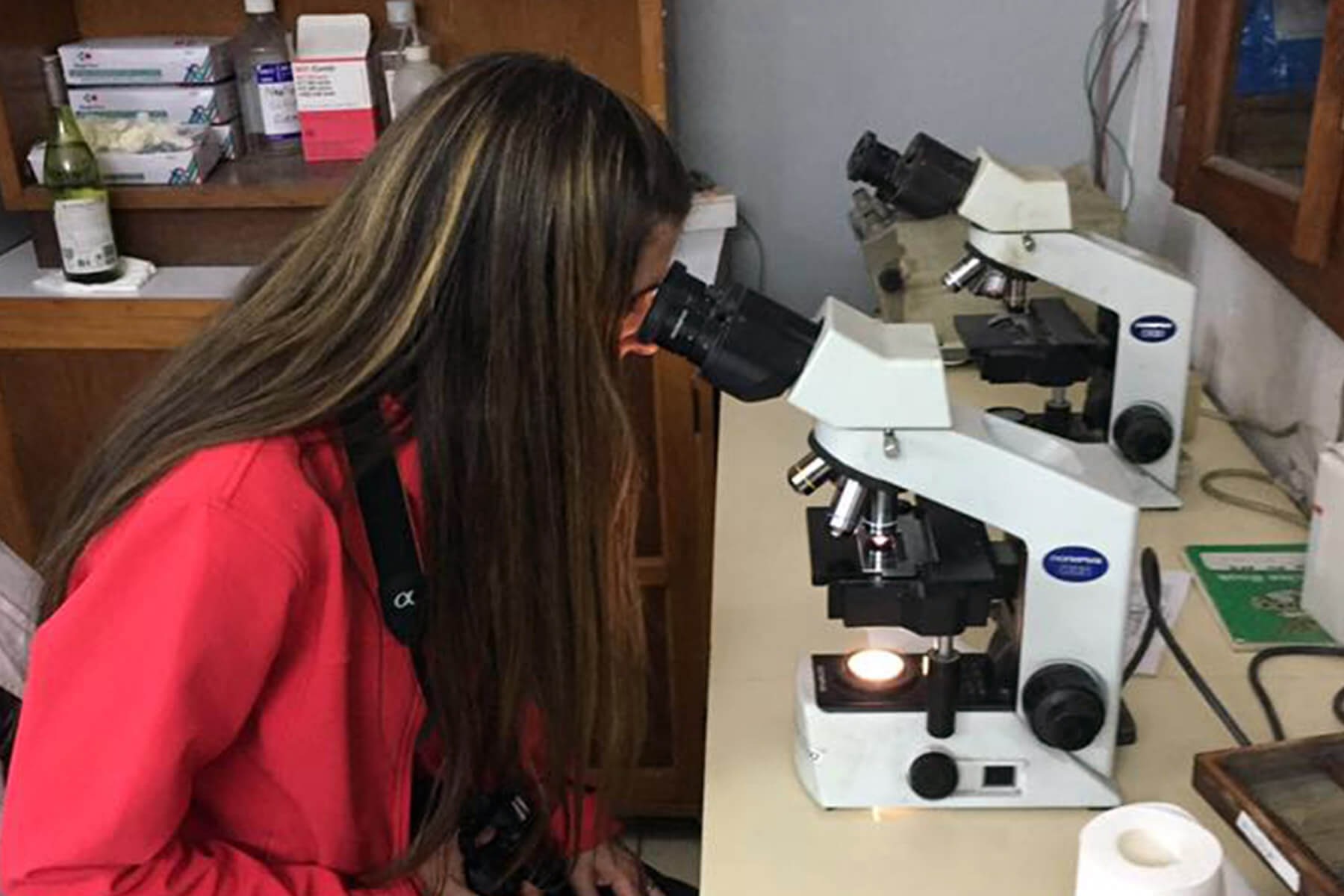 Lisa seeing leprosy bacteria at Anandaban Research Centre, a world-leading research facility for Reaction studies
Lisa seeing leprosy bacteria at Anandaban Research Centre, a world-leading research facility for Reaction studies
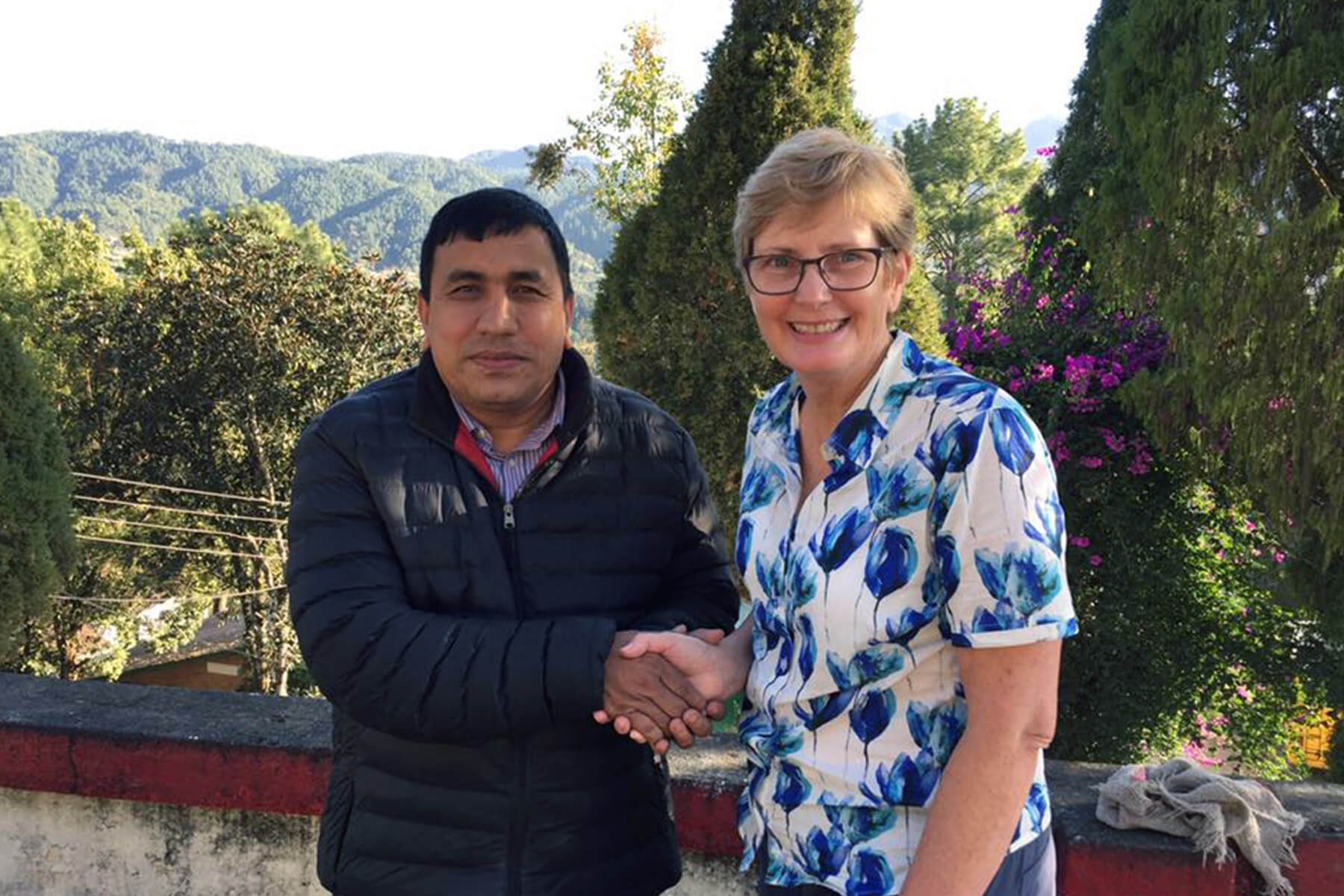 Pam meeting people you support at Anandaban Hospital
Pam meeting people you support at Anandaban Hospital
We had a stunning 9-hour drive through rolling Nepali hills, along a river valley and then into bustling Pokhara. We spent an hour organising our hiking allowance, according to the guide’s recommendations. It’s not a lot, but we’re making do! Fortunately we have two wonderful Sherpas to help carry the load.
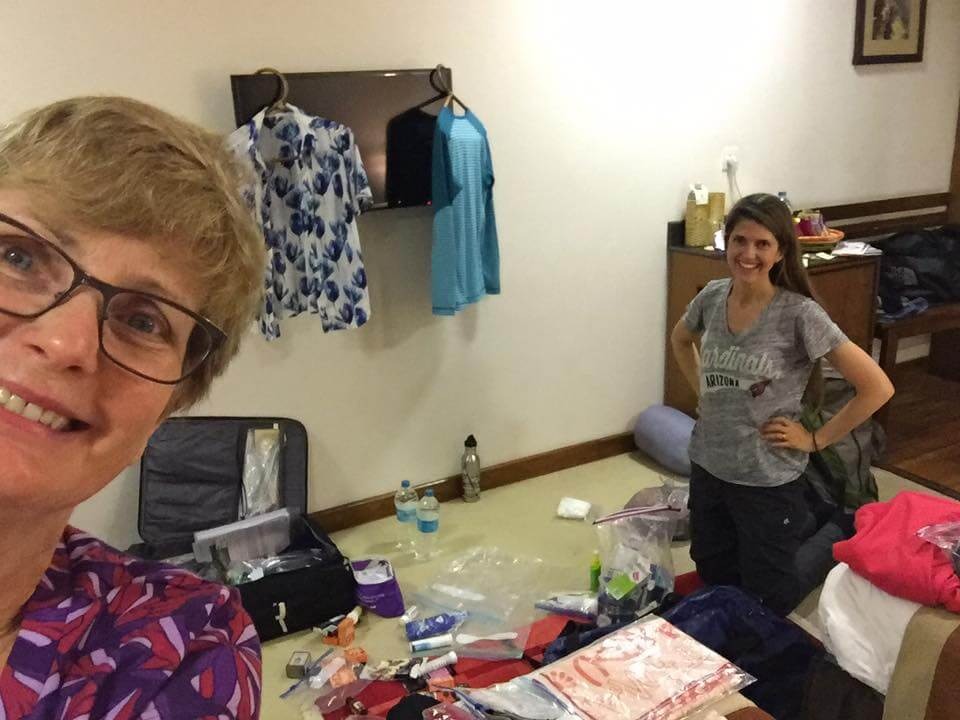 We prepare for the trek ahead
We prepare for the trek ahead
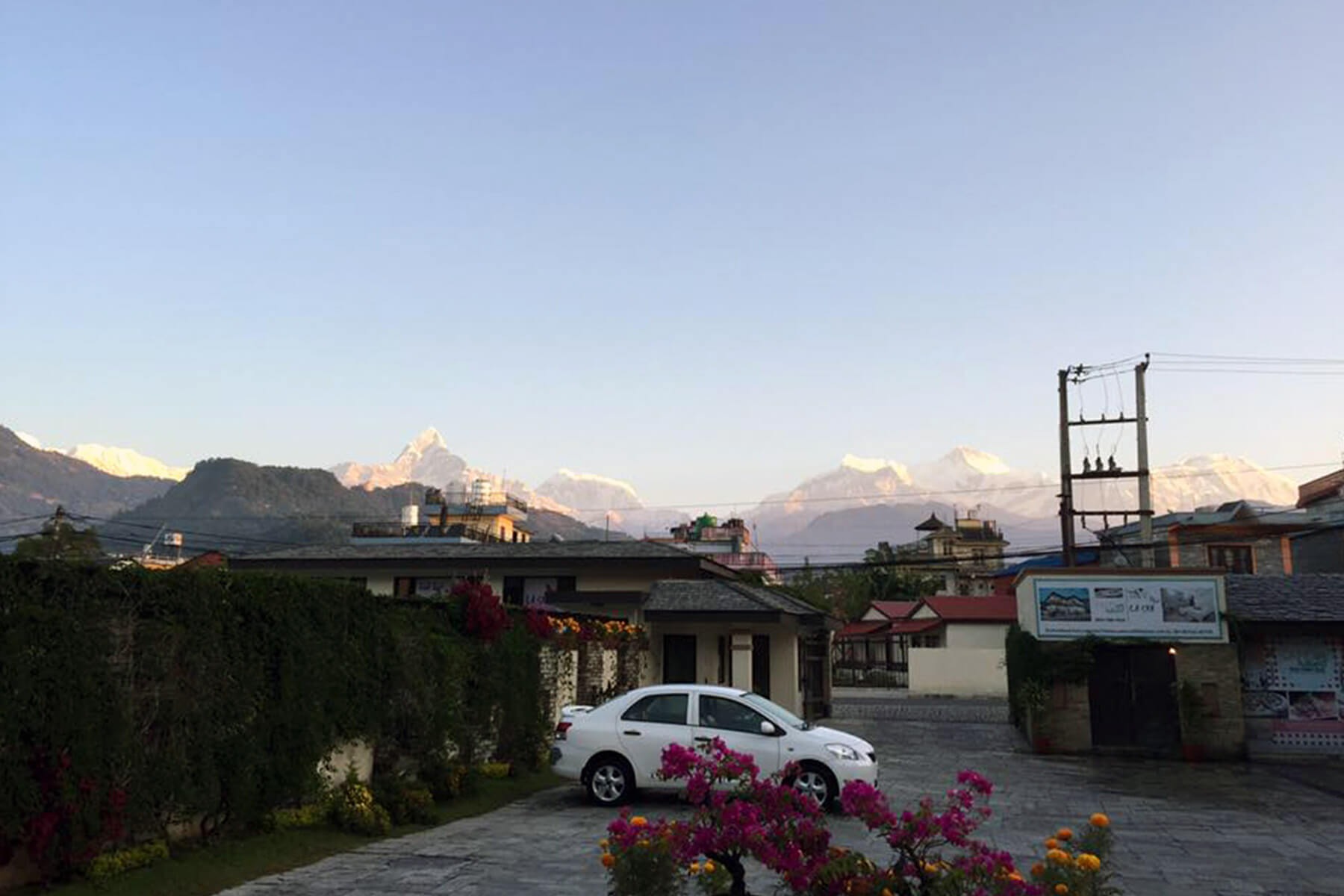 The morning of our first day trekking.
The morning of our first day trekking.
We’ve already witnessed beautiful forests of oak and rhododendron, waterfalls and fascinating scenes of everyday village life. On one day, we set off early in the morning, wearing our head torches, to the top of Poon Hill—the view as breath-taking as the climb up there! It was a hard slog, but so worthwhile: spectacular landscapes and a great team to climb with.
Although we still have days left of our trek, by the time you read this update from the field, we will have finished. But we hope you catch up on the rest of our journey in part 2—coming soon! You can also help us raise our target of $700 a day for people affected by leprosy.

